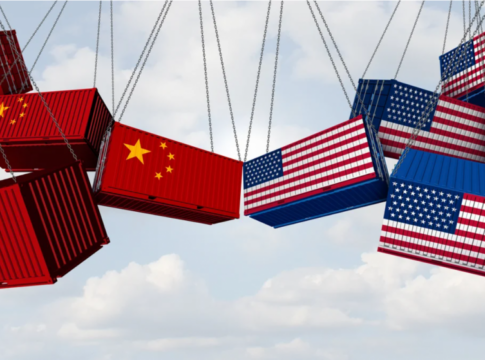As the global economy faces unprecedented tension, the United States and China are entrenched in a trade conflict that has the potential to transform international commerce. A key point of contention is Apple’s iPhone, a symbol of technological innovation and consumer demand, now at risk of becoming a victim of geopolitical discord.
At the heart of the matter is a significant disparity in technical skills between the US and China, alongside the substantial time needed to reestablish a complete manufacturing process within the US. Experts estimate that producing the upcoming iPhone 16 Pro Max domestically could increase its price by an astounding 91%, elevating its cost from $1,199 to approximately $2,300. Analysts like Dan Ives from Wedbush Securities suggest that prices could surge even higher, potentially reaching $3,500 per unit. This dramatic 90% to 300% price hike could fundamentally alter the consumer electronics market.
These price escalations are set against the backdrop of an escalating tariff war, with taxes exceeding 100% now becoming a daunting reality. Former President Trump maintains a hardline approach, insisting on no exceptions, even for electronics—a key sector for both economies. This firm stance aims to combat perceived unfair trade practices but also intensifies existing tensions.
China, equipped with a strong infrastructure and a highly skilled labor force, remains steadfast amid these challenges. Conversely, the US is confronted with the daunting task of rebuilding its manufacturing capabilities, a process laden with logistical and financial obstacles. Compounding the issue is China’s recent announcement about detecting salmonella in US chicken imports, a trade valued at $500 million, adding another layer to this complex economic face-off.
Time favors China, and an expedited resolution between the US and China is crucial. Although other nations might attempt to position themselves as alternatives, the primary obstacle is cost. Unless a country can offer a favorable trade balance with the US and low labor costs, China’s role is difficult to fill. Such scenarios present both an opportunity to improve trade relations with the US and a challenge in rapidly developing the necessary production infrastructure. Ultimately, the global trade chaos is likely to stabilize only once the US and China reach a mutual agreement, clarifying trade agreements and settling market unpredictability.


